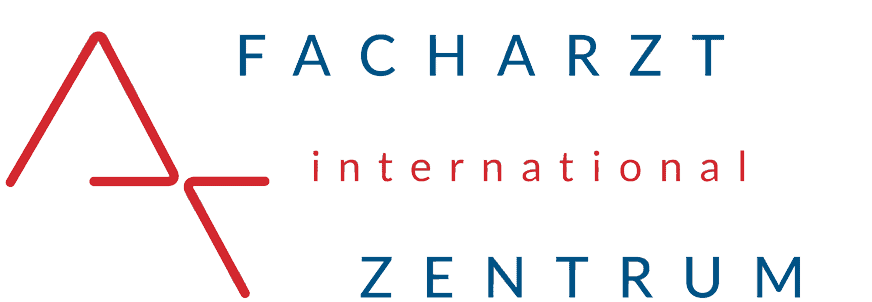Holter Monitor Test Frankfurt – 24-Hour Heart Rhythm Recording
Holter monitoring provides continuous electrocardiographic recording over extended periods, capturing intermittent arrhythmias and symptoms missed by standard ECG. Our Frankfurt cardiology practice offers state-of-the-art digital Holter monitoring with comprehensive analysis, helping diagnose palpitations, dizziness, and unexplained cardiac symptoms through ambulatory rhythm assessment.
What Is a Holter Monitor and How Does It Differ from Regular ECG?
A Holter monitor is a portable electrocardiographic device recording heart rhythm continuously for 24-48 hours during normal daily activities. Unlike standard ECG capturing 10-second snapshots, Holter monitoring documents every heartbeat throughout the recording period. The compact digital recorder connects to chest electrodes, storing electrical signals for later analysis. This extended monitoring captures paroxysmal arrhythmias, correlates symptoms with rhythm disturbances, and quantifies arrhythmia burden. Modern devices record 3-12 channels, providing comprehensive rhythm assessment during work, sleep, and exercise.
When Do Cardiologists Recommend Holter Monitoring?
Holter monitoring is indicated for various clinical scenarios requiring extended rhythm assessment. Patients experiencing palpitations, dizziness, syncope, or unexplained fatigue benefit from continuous monitoring. Post-myocardial infarction risk stratification includes Holter evaluation for ventricular arrhythmias. Atrial fibrillation detection in cryptogenic stroke, antiarrhythmic drug efficacy assessment, and pacemaker function evaluation represent common indications. Athletes with concerning symptoms, patients with inherited arrhythmia syndromes, and those with significant ectopy on routine ECG undergo Holter monitoring for comprehensive rhythm characterization.
How Is a Holter Monitor Applied and Worn?
Holter monitor application begins with skin preparation ensuring optimal electrode adhesion. Five to seven electrodes are placed on the chest following standardized positions. Skin cleaning with alcohol, mild abrasion, and secure taping prevent electrode displacement. The lightweight recorder attaches to a belt clip or shoulder strap. Patients receive instructions on maintaining normal activities while avoiding monitor damage. Swimming and showering are restricted during recording. Comfortable clothing accommodating the device ensures compliance. Clear instructions about symptom diary completion accompany device fitting.
What Activities Can Patients Do While Wearing a Holter Monitor?
Patients are encouraged to maintain normal daily routines during Holter monitoring, ensuring representative rhythm recording. Work activities, moderate exercise, household tasks, and social interactions continue unrestricted. Sleeping positions remain normal despite electrode presence. Driving, computer use, and phone calls pose no interference. Vigorous exercise causing excessive sweating may affect electrode adhesion but isn’t prohibited. Patients avoid magnets, metal detectors, electric blankets, and high-voltage areas. Documenting activities and symptoms in provided diaries correlates events with rhythm changes, enhancing diagnostic yield.
How Do Patients Document Symptoms During Holter Monitoring?
Symptom documentation represents crucial Holter monitoring component enabling symptom-rhythm correlation. Patients receive structured diaries recording symptom onset time, type, duration, and associated activities. Common symptoms include palpitations, chest discomfort, dizziness, shortness of breath, and fatigue. Activity details, medication timing, meals, and sleep periods are logged. Some devices feature event buttons marking symptomatic episodes electronically. Accurate timing ensures precise correlation during analysis. Detailed documentation transforms Holter monitoring from simple rhythm recording to powerful diagnostic tool linking symptoms with electrocardiographic findings.
What Heart Rhythm Problems Can Holter Monitoring Detect?
Holter monitoring comprehensively detects diverse arrhythmias across the spectrum from benign to life-threatening. Supraventricular arrhythmias including atrial fibrillation, flutter, and paroxysmal tachycardias are captured. Ventricular ectopy from isolated premature beats to sustained ventricular tachycardia appears clearly. Bradyarrhythmias including sinus node dysfunction
